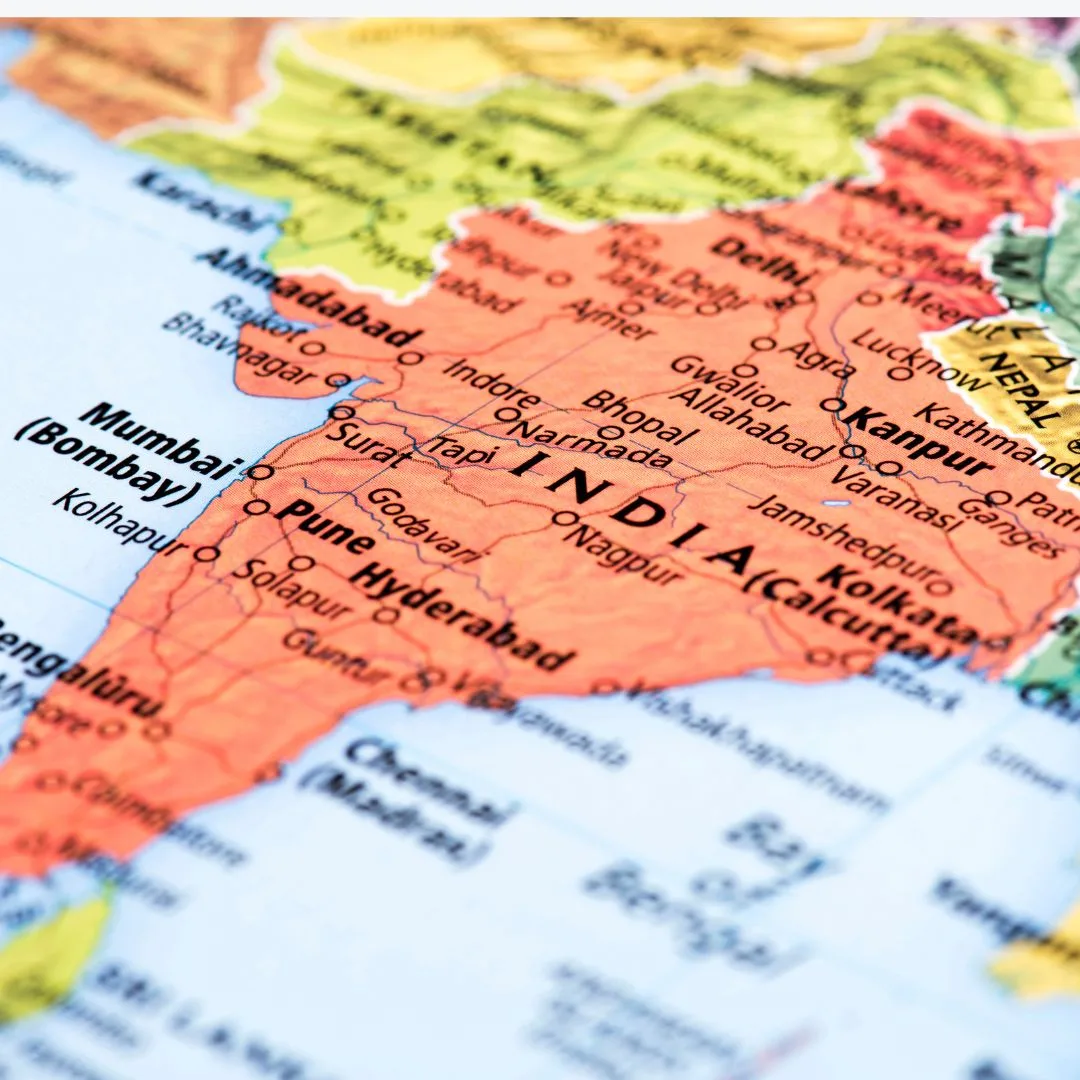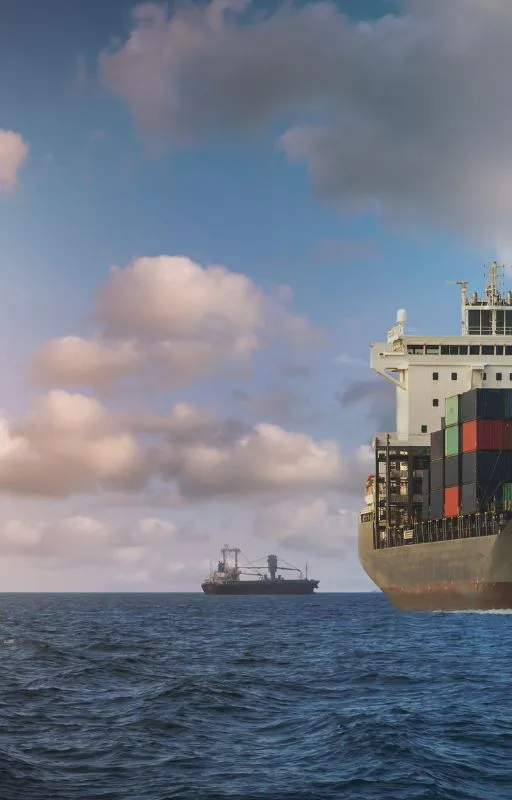15. Fluvial Geomorphic System
FLUVIAL GEOMORPHIC SYSTEM The fluvial cycle geomorphic system is powered by the conversion of the potential energy of solar distillation and gravity to the kinetic energy of motion and heat. Most of the energy is lost to the friction of internal turbulence of flowing water but perhaps 2 to 4 percent of the total potential … Read more







